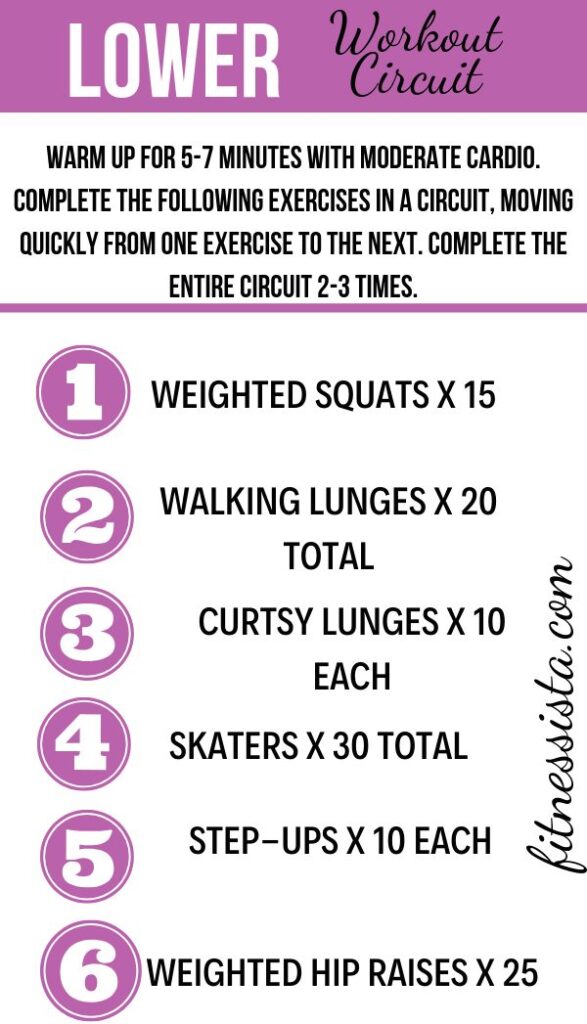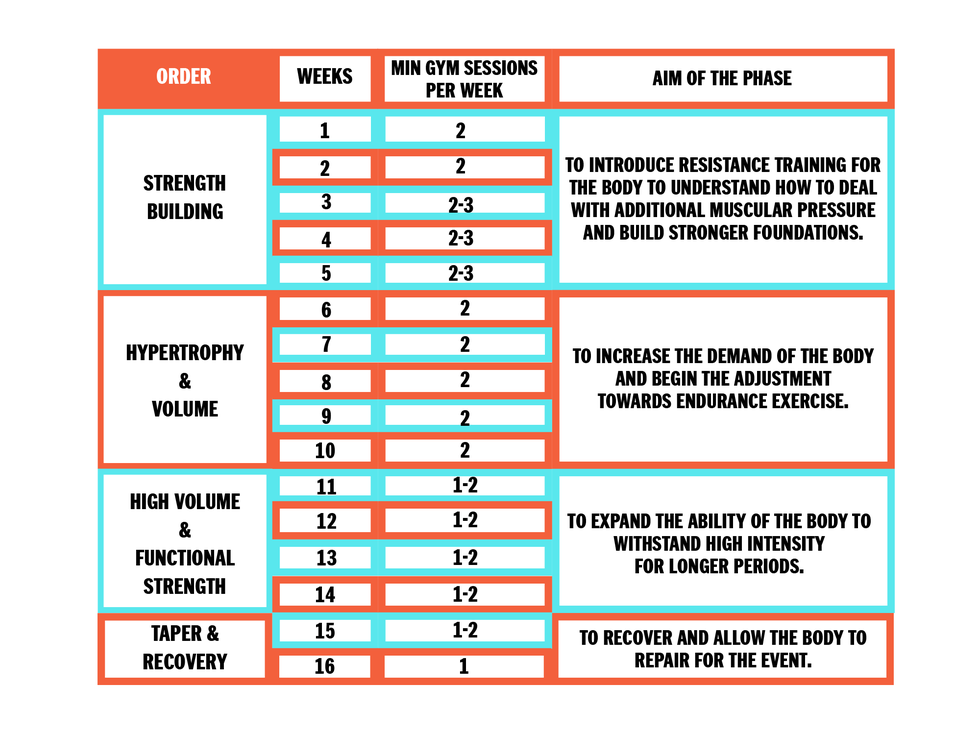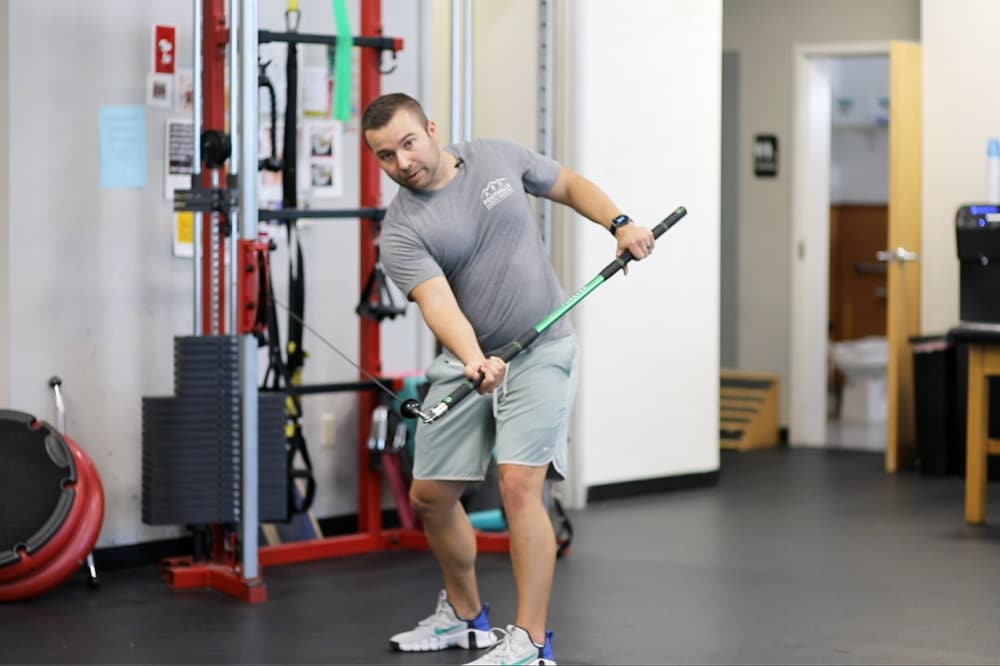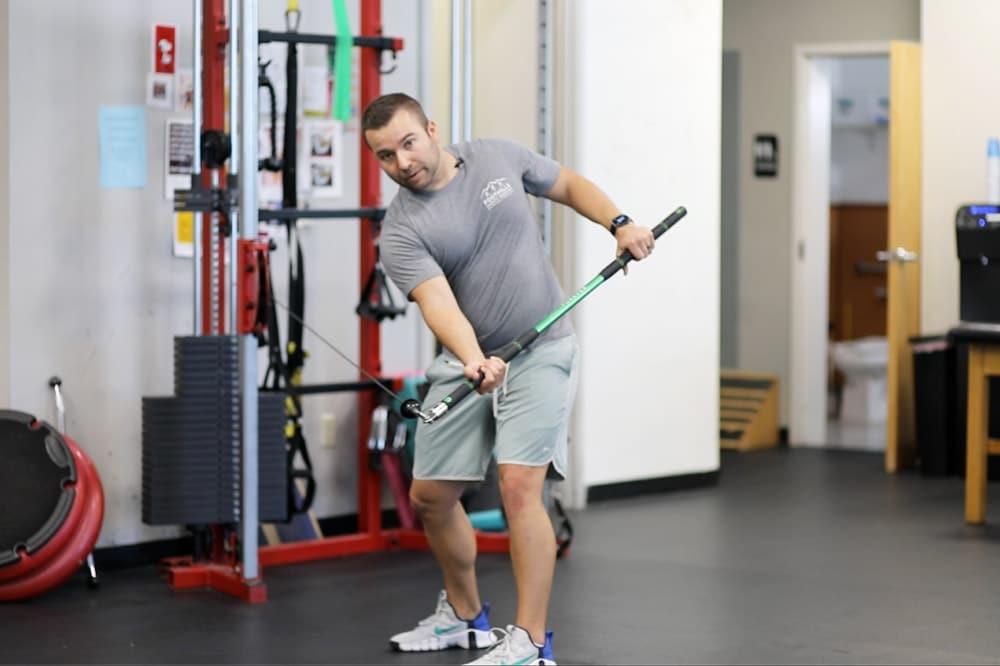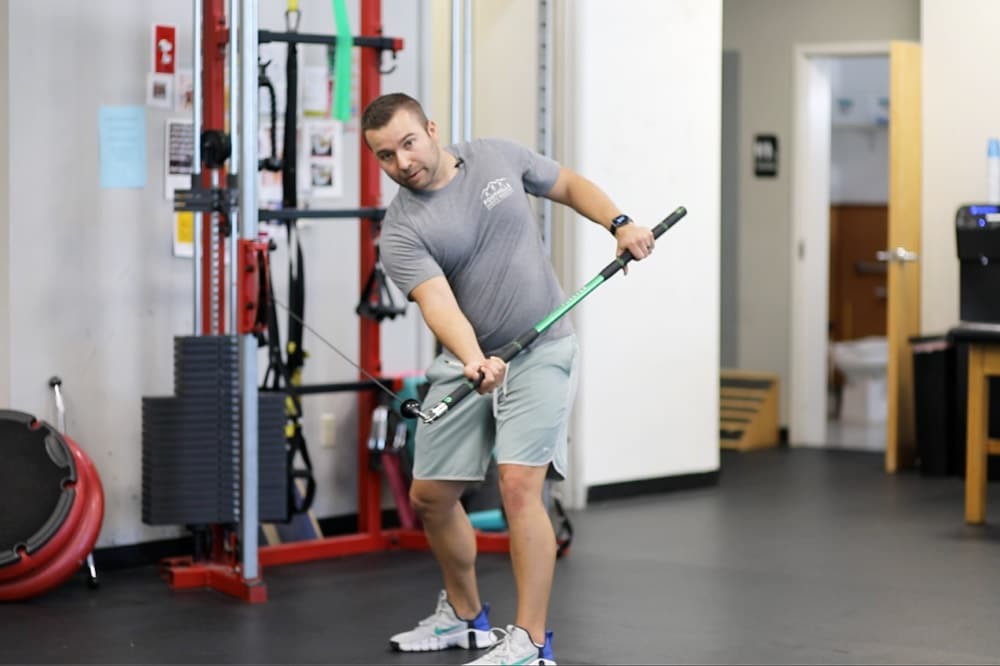Strength training for half marathon runners improves performance and prevents injuries. It builds endurance, strength, and running economy.
Strength training is essential for half marathon preparation. Runners often overlook its importance, focusing solely on mileage. Including strength exercises can greatly enhance running performance. It targets key muscle groups, enhancing power and endurance. This reduces the risk of common running injuries by strengthening tendons and ligaments.
Incorporating strength training into your routine can lead to more efficient running mechanics. Aim for two to three sessions per week, focusing on core, legs, and upper body. Effective exercises include squats, lunges, and planks. This balanced approach ensures you are well-prepared for race day, maximizing your potential and minimizing the risk of injury.
Benefits Of Strength Training For Runners
Strength training helps build muscle stamina. This allows runners to sustain longer distances. Muscles recover faster, enabling back-to-back runs. Endurance improves with consistent practice. Strong muscles support better performance.
Efficient muscles use less energy. Runners can maintain speed with less effort. This results in better performance during races. Strength training enhances overall efficiency. A well-trained body moves more smoothly.
Strong muscles protect joints and bones. This reduces the risk of common injuries. Proper training builds resilience. Balanced muscles prevent overuse injuries. A strong body handles stress better.
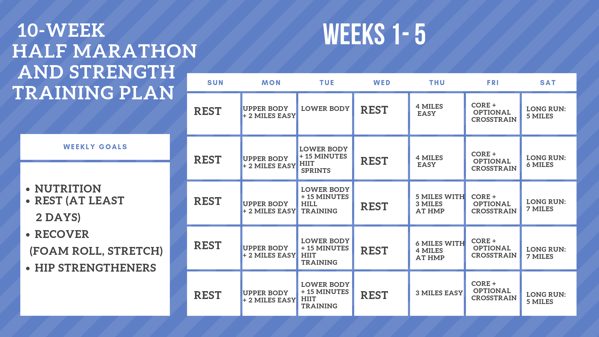
Credit: fitnessista.com
Key Muscle Groups To Target
Focus on the quads, hamstrings, and glutes. Squats and lunges help build strength. Calves are also crucial for running. Calf raises can improve endurance. Strong lower body muscles help in long-distance running.
A strong core helps maintain balance. Planks and Russian twists are great exercises. A stable core reduces injury risk. It also enhances running efficiency. Don’t forget to include oblique exercises.
Upper body strength aids in arm swing. Strong shoulders and back improve posture. Include push-ups and rows in your routine. Arm strength helps maintain running form. It also reduces fatigue during long runs.
Incorporating Strength Work Into Your Routine
Balancing running and strength training is key. Dedicate at least two days to strength work. This helps build muscle and prevent injuries. Make sure to target all major muscle groups. Focus on legs, core, and upper body. Strength training should not replace your running. It should complement it.
Plan your strength sessions wisely. Do them on non-running days or after easy runs. Avoid heavy lifting before long runs or speed work. This helps in reducing fatigue and potential injuries. Consistency is vital for progress. Maintain a regular schedule for optimal results.
| Day | Activity |
|---|---|
| Monday | Strength Training (Full Body) |
| Tuesday | Easy Run |
| Wednesday | Strength Training (Core Focus) |
| Thursday | Tempo Run |
| Friday | Rest or Light Jog |
| Saturday | Strength Training (Legs Focus) |
| Sunday | Long Run |
Essential Strength Exercises For Half Marathoners
Squats and lunges are key for runners. They build leg strength and improve balance. Strong legs help you run longer. Try different squat variations. Use weights to add resistance. Lunges work your glutes and quads. They also improve hip flexibility.
Deadlifts strengthen your hamstrings and lower back. They also help your core. Try the traditional deadlift first. Then, explore single-leg deadlifts. Use kettlebells or dumbbells for variation. Keep your back straight and lift slowly. This reduces the risk of injury.
A strong core helps you maintain good running form. Planks are simple but effective. Hold a plank for 30 seconds. Repeat three times. Bicycle crunches also work well. They target your abs and obliques. Leg raises are another good option. They strengthen your lower abs.
Plyometric Training For Speed And Agility
Jumping drills improve speed and agility. These exercises make your legs stronger and faster. Try box jumps. Jump onto a sturdy box and then back down. Repeat this for 10 times. Another drill is jump squats. Squat down, then jump as high as you can. Do this for 15 times.
Bounding helps build power in your legs. Run with long, high strides. Push off strongly from each foot. This makes your muscles work harder and become stronger. Perform bounding for 50 meters. Rest and repeat three times.
Mix plyometrics with your running routine. Start with a light run. Add in some jumping drills midway. Finish your run with bounding exercises. This way, you build strength and speed while running.
:max_bytes(150000):strip_icc()/Half-Marathon-Training-Plan_CMupdate-03-718b131e78d64fa3998eb5ec265ffae9.png)
Credit: www.shape.com
Recovery Strategies And Nutrition
Always finish your workout with a cool-down. This helps your muscles relax. Spend at least five minutes on light activities. Walking is a good option. Stretch your muscles gently. Focus on the muscles you used the most. Deep breathing can help you relax. Drink water to stay hydrated.
Eat protein-rich foods after your workout. Eggs, chicken, and beans are great choices. Protein helps repair and build muscles. Carbohydrates are also important. They give you energy for your next workout. Whole grains, fruits, and vegetables are good sources. Don’t forget to drink plenty of water. Staying hydrated is key for muscle repair.
Your body needs time to heal. Rest days are essential. They help prevent injuries. Your muscles grow stronger during rest. Plan at least one rest day per week. Listen to your body. If you feel tired, take a break. Rest helps you perform better in the long run.
Monitoring Progress And Adjusting Workouts
Use a logbook to track your strength gains. Note the weights and reps for each exercise. This helps you see your progress over time. Celebrate small wins. Keeping track motivates you to keep going. It also shows where you need improvement.
As you run more, your muscles need more strength training. Adjust your workouts to balance running and lifting. Listen to your body. Feeling tired means you might need a rest day. Rest helps your muscles grow and recover. Mix up your exercises to avoid boredom and injury.
Intensify your training when your workouts feel easy. Increase weights or reps gradually. Do not rush this process. Your body needs time to adapt. Feeling stronger means you are ready for more challenging exercises. Always warm up before lifting heavier weights.
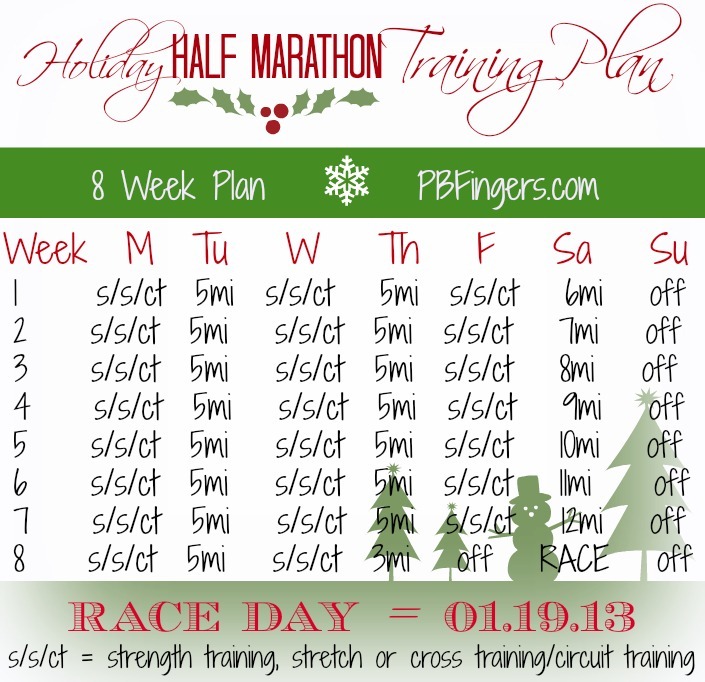
Credit: www.pbfingers.com
Success Stories: Strength Training Transformations
Elite runners often use strength training. This helps them improve their performance. One runner, John, added strength training to his routine. His race times improved by 10%. Another runner, Sarah, felt less fatigue during races. Her muscle endurance improved greatly. These stories show the power of strength training.
Many amateur runners also see benefits. Lisa, a new runner, started strength training. She ran her first half marathon with ease. Dave, an older runner, reduced his injury risk. He felt stronger and more confident. These runners share their success with others.
Strength training can help all runners. It improves speed and endurance. Runners feel more confident and strong. Avoiding injuries is another big advantage. Both elite and amateur runners benefit from strength training. Start small and stay consistent. Success will follow.
Frequently Asked Questions
Should I Strength Train While Training For A Half Marathon?
Yes, strength training is beneficial while training for a half marathon. It helps improve endurance, reduce injury risk, and enhance overall performance. Focus on core, legs, and upper body exercises for best results.
How Long Do I Need To Go From Couch To Half Marathon?
Training from couch to half marathon typically takes 12 to 20 weeks. Start with a structured plan and increase mileage gradually.
Can I Train For A Half Marathon In 6 Weeks?
Yes, you can train for a half marathon in 6 weeks. Focus on a structured plan, gradually increasing mileage.
Should Runners Lift Heavy Or Light?
Runners should lift both heavy and light weights. Heavy lifting builds strength, while light weights improve endurance and muscle tone.
What Is Strength Training For Half Marathon?
Strength training involves exercises to improve muscle strength and endurance. It enhances running performance and reduces injury risk.
How Often Should I Do Strength Training?
Aim for 2-3 strength training sessions per week. Consistency is key for building strength and improving performance.
What Are The Best Exercises For Runners?
Focus on squats, lunges, deadlifts, and planks. These exercises strengthen key muscles used in running.
Does Strength Training Improve Running Speed?
Yes, it enhances muscle power and efficiency. This can lead to improved running speed and overall performance.
Should I Lift Heavy Weights?
Start with moderate weights and proper form. Gradually increase weight as you build strength and confidence.
Can I Do Strength Training On Rest Days?
Yes, but ensure you don’t overtrain. Listen to your body and allow for adequate recovery.
Conclusion
Strength training is essential for half marathon success. It boosts endurance, reduces injury risks, and enhances overall performance. Incorporate strength routines into your training plan to see significant improvements. Stay consistent and listen to your body. With dedication and proper training, you’ll achieve your half marathon goals and enjoy the journey.

